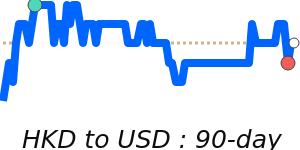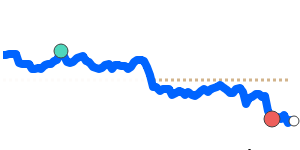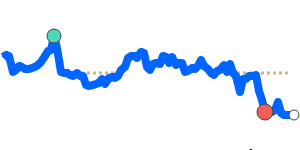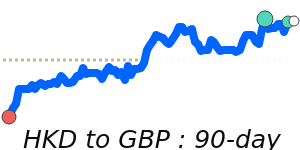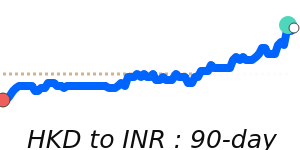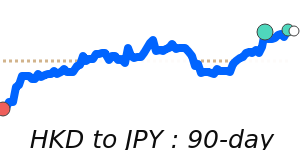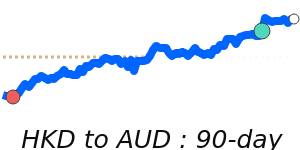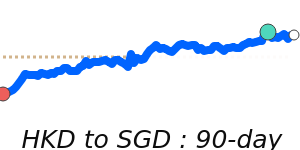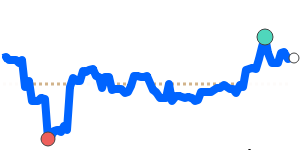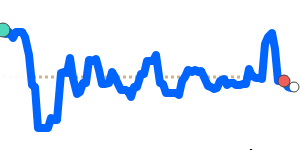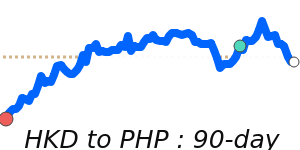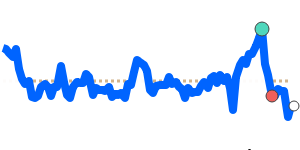The Hong Kong Dollar (HKD) has recently navigated a volatile landscape, influenced significantly by the Hong Kong Monetary Authority's (HKMA) interventions to maintain its peg to the US Dollar. As of late August 2025, the HKD reached a strong-side limit at 7.75, leading to HKMA's sale of HK$129.4 billion. However, a subsequent weakening to the weak-side limit of 7.85 prompted the authority to buy HK$9.42 billion to stabilize the currency.
Interest rate dynamics have also played a crucial role in the currency's valuation. Following the HKMA's intervention in May, the Hong Kong Interbank Offered Rates (HIBOR) plummeted from over 4% to nearly zero. However, as liquidity was withdrawn in August, HIBOR rates began to rise, indicating a tightening of monetary policy to support the HKD.
Recent capital flows, particularly from mainland China, have resulted in heightened demand for the HKD, leading to a temporary appreciation. As market dynamics shifted, the HKMA's interventions reversed earlier depreciation and brought the HKD back within its established trading band.
In exchange rate movements, the HKD to USD is currently at 30-day highs near 0.1286, closely aligning with its three-month average. This performance reflects a stable trading range from 0.1284 to 0.1287 over this period. In contrast, the HKD to EUR and GBP are facing 90-day lows, trading at 0.1090 and 0.095143, respectively, both significantly below their three-month averages. Meanwhile, the HKD to JPY is at 20.07, 1.6% above the three-month average, suggesting a more robust position against the Japanese Yen.
The market remains vigilant, with analysts indicating that the HKMA will continue to monitor developments closely, ready to adjust interventions to sustain the HKD's stability amid fluctuating capital flows and market conditions. For individuals and businesses engaged in international transactions, these updates provide crucial insights into potential currency trends and exchange rate forecasts.
